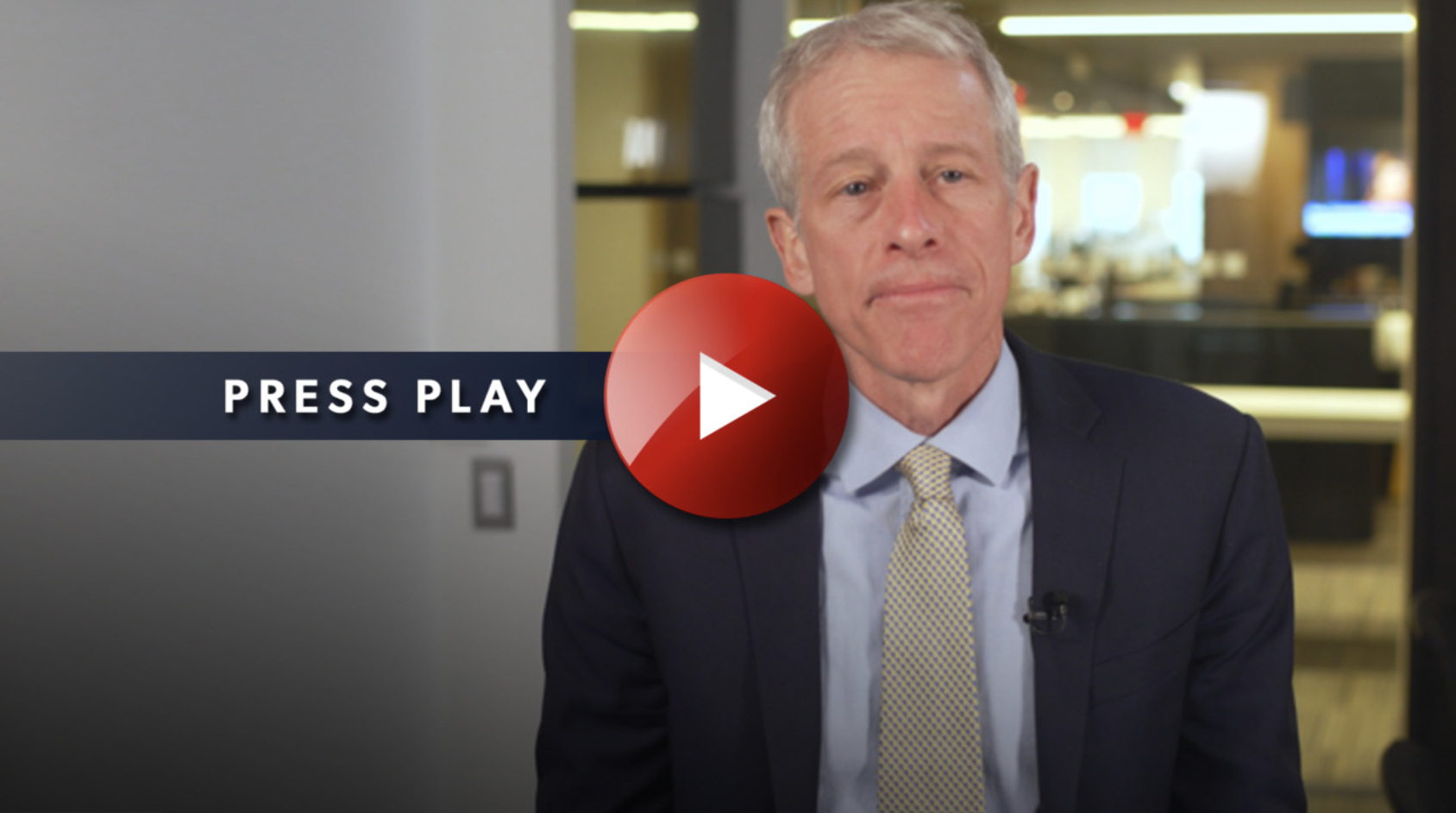After a slight decrease in May, mortgage rates are on the rise again, and the property market is still suffering from a lack of listings. As a result, demand for mortgages continues to fall. According to the Mortgage Bankers Association’s seasonally adjusted index, total mortgage application volume declined 6.5% last week compared to the prior week. Demand has dropped to its lowest point in 22 years.
Rising interest rates, fueled by the Federal Reserve’s attempts to battle inflation, have made home-buying more expensive, according to MBA’s Joel Kan, who highlighted that as a result, both purchase and refinancing applications have dropped to these extremely low levels.
What more should prospective home-buyers and home-sellers keep in mind? How does this affect the U.S. economy? Get more details in the full report here:
Mortgage rates have risen dramatically since the Federal Reserve began raising rates in April, with the newest 30-year fixed-rate mortgages averaging approximately 5.1%, up from less than 3% a year ago. According to Joel Kan, “persistently low” housing availability has driven prices and stifled demand, and worsening affordability issues have been particularly harsh on prospective first-time buyers.
Bank of America (BAC) analysts cautioned clients in a letter last week that affordability has plummeted to levels last seen during the housing crisis that sparked the Great Recession and that inadequate supply would likely force prices up another 15% this year.
The latest data comes after S&P CoreLogic announced last week that housing costs rose at their fastest rate in 35 years in March, with S&P DJI managing director Craig Lazzara noting that it’s still uncertain when price growth would begin to slow. According to the Census Bureau, the median new home price touched a new high of $450,600 in April, up over 20% year over year.
Prices in the country’s biggest cities soared even faster, with the Case-Shiller 20-City Index, which tracks prices in places like New York, Los Angeles, and San Francisco, are up 21.2%. In March, Tampa, Phoenix, and Miami had the most considerable year-over-year growth among the 20 cities, with Tampa home prices up 34.8%, edging out Phoenix home prices, which rose 32.4% and had led countrywide advances for almost three years.
Interestingly, before the pandemic’s arrival, property values were expanding at a rate of around 4% per year. “What if…?”
DJI’s Craig Lazarra put it nicely, saying, “Although one can safely predict that price gains will begin to decelerate, the timing of the deceleration is a more difficult call. Mortgages are becoming more expensive as the Federal Reserve has begun to ratchet up interest rates, suggesting that the macroeconomic environment may not support extraordinary home price growth for much longer.”
Record high borrowing costs, stimulus spending measures, low supply, and interest rates have all contributed to the pandemic’s house purchasing craze. Still, hints of a downturn have surfaced as the Fed begins its most aggressive interest-rate-hiking cycle in two decades. According to data released last month, pending housing sales fell for the sixth month in a row in April, reaching their lowest level in almost a decade, while new home sales fell over 17% from March.
The Federal Reserve is faced with the difficult challenge of raising interest rates to reduce inflation while avoiding sending the economy into a recession. While there are some signs that the tsunami of rising prices has crested, it will evidently take months or years for inflation to return to the Fed’s target of 2%.






